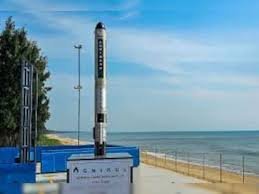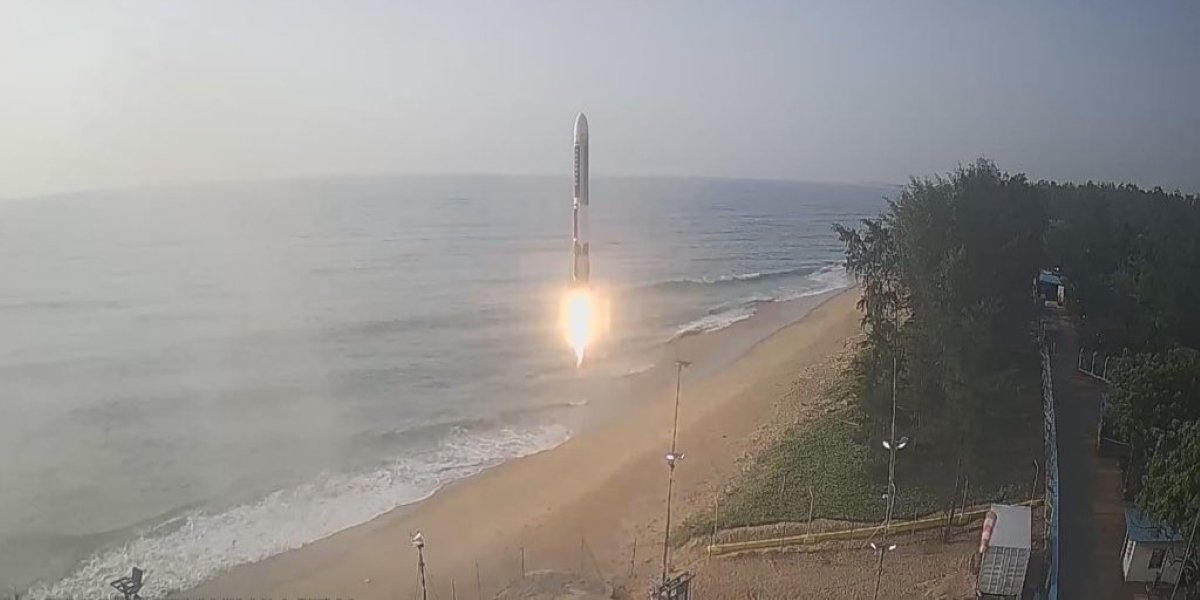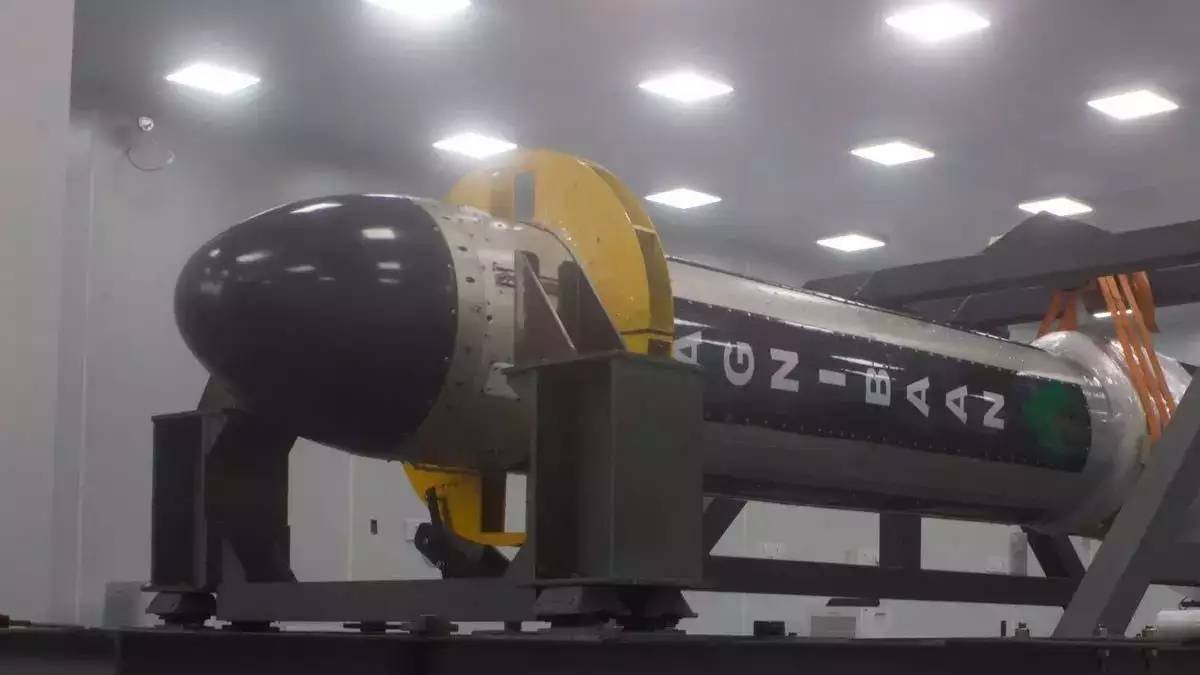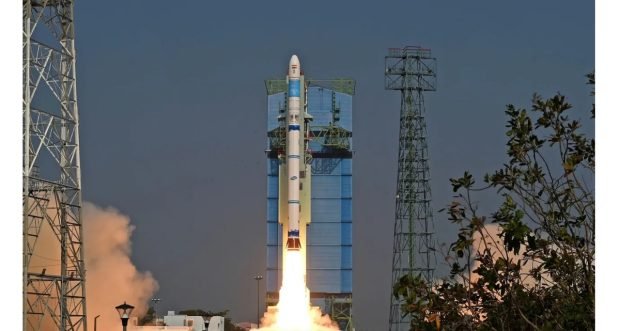NEW DELHI, June 2: After the successful test flight of its Agnibaan rocket, Chennai-based space start-up Agnikul Cosmos is hoping to start launching satellites early next year.
In an interview with PTI, Agnikul co-founder and Chief Executive Officer Srinath Ravichandran said the 3D-printed semi-cryogenic engines and the rocket will offer quick turnaround for customers who will be able to have customised launch vehicles for their satellites.
“Nine to twelve months I would say. Probably by the end of this financial year or the early part of the next financial year is what we are targeting,” Ravichandran said when asked about the commercial orbital launch of the Agnibaan rocket.
The first test flight of Agnibaan SOrTeD (suborbital technology demonstrator) on May 30, which lasted for 66 seconds, came after four unsuccessful attempts.
“It was a big sense of relief. I think we got a lot of learning in differentiating between building a vehicle and launching a vehicle,” said Ravichandran, whose idea to use 3D printing technology to build engines and rockets led to Agnikul Cosmos, a space sector start-up incubated at the IIT Madras Research Park in 2017.
The other co-founders were Moin SPM, an operations specialist, and Satyanarayanan Chakravarthy, a professor at IIT Madras and Head of the National Centre for Combustion Research and Development.
Women engineers Saraniya Periaswamy, the Vehicle Director for Agnibaan SOrTeD, and Umamaheswari. K, the Project Director of the first Mission, played a key role in the test flight.
The Agnibaan also logged several firsts to its credit — the world’s first flight with a single piece 3D printed engine, the first-ever semi-cryo engine launch of India and the first-ever launch from a private launchpad in India.
The rocket was controlled by computers powered by Linux operating system, and driven by an ethernet-based architecture for connecting flight computers within the vehicle.
Agnibaan SOrTed was also the first flight to use aviation-grade jet fuel and industrial-grade Liquid oxygen as propellants.
Agnibaan SOrTeD was a vertical ascent flight, unlike sounding rockets that are launched using guiding rails placed at a particular angle.
“Seven seconds after lift-off we checked the health of the vehicle and that is when the auto-pilot kicked in. A little bit into the flight, it started moving over the ocean and performed the pitch-over manoeuvre and then continued on its planned trajectory,” Ravichandran said, sharing details of Agnibaan SOrTeD’s maiden flight.
“Once it reached about 60 seconds or so, we entered the wind biasing manoeuvre, where we solve the wind speed and actually fly into the wind so there is not much wind load on the vehicle,” he said.
After the wind-biasing manoeuvre, the rocket continued to fly till burnout and dropped back into the ocean.
“There was continuous radar tracking of the vehicle. All the devices and instruments enabling that also worked really well,” Ravichandran said.
The next steps for Agnikul are to master the technology of firing multiple engines together and carry out tests for stage separation.
“We will have to figure out two things. Our orbital rocket has multiple engines fired together. So, that will have to be tested out on the ground.
“And the stage separation. SOrTeD was a single-stage vehicle. The orbital vehicle will have two stages. So stage separation has to be tested,” Ravichandran said.
“We are already in the middle of building rigs at our facility. We will take six-seven months to get that and from there we will be able to target the orbital mission in the next three months,” he said.
According to Ravichandran, the demand for small satellites was high with as many as 30-35 tonnes of payloads put in low earth orbits every year.
He said small satellites have a low life span and need to be replenished for continued earth-imaging or communications applications.
The Agnibaan launch vehicle is designed to be compatible with the mobile launchpad called Dhanush and can be configured to accommodate payloads ranging from 30 kg to 300 kg, ensuring versatility across a wide range of mission requirements. (PTI)












